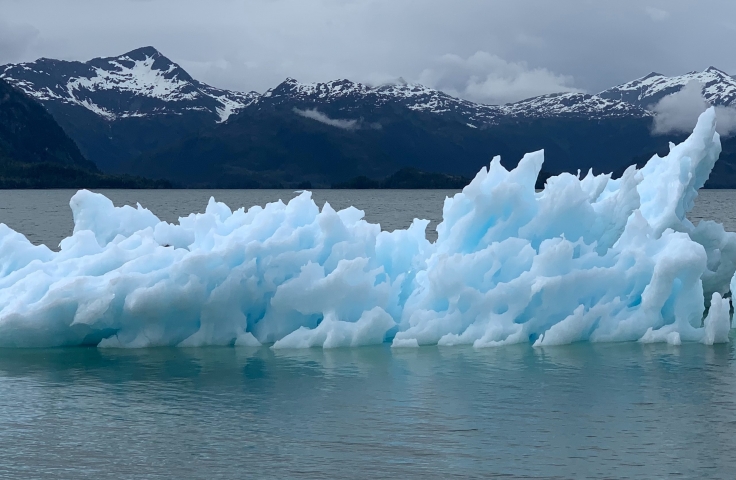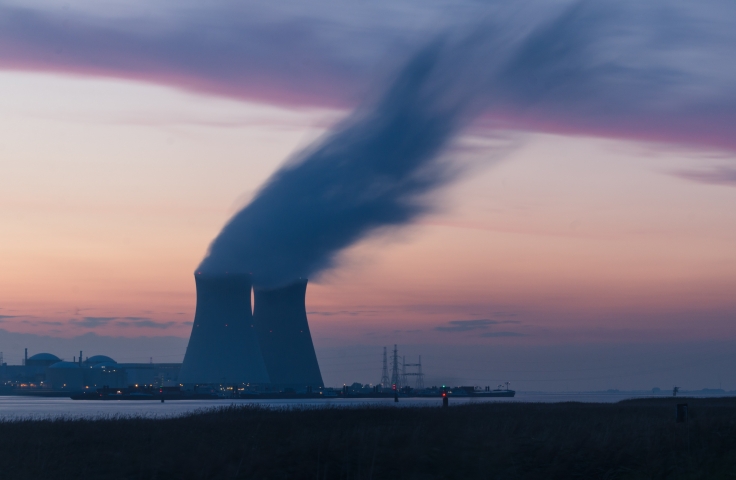A number of jurisdictions are now declaring climate emergencies. Declarations of climate emergency signify the state of urgency we are in. But declarations must be backed-up by immediate, concrete actions to rapidly decarbonise our economies. Greenhouse gases are accumulating in Earth’s atmosphere and oceans; this is a problem of a finite space filling with balance-tipping poison. An oft-cited metaphor is a bathtub perilously close to overflowing. Do you race to turn to the tap off, or do you think about buying a new mop next week?
In December last year, New Zealand declared a climate emergency. “This declaration is an acknowledgement of the next generation. An acknowledgement of the burden that they will carry if we do not get this right and do not take action now,” said Prime Minister Jacinda Ardern. “It is up to us to make sure we demonstrate a plan for action, and a reason for hope”.1
This declaration is a promising first step. But is New Zealand treating climate change like an emergency? Gauging and quantifying climate action is hard. The online portal ‘Climate Action Tracker’ is a helpful tool which uses independent scientific analysis to track government action against the Paris Agreement. It ranks New Zealand’s policies as ‘Insufficient’. The Climate Action Tracker explains that New Zealand excludes methane from agriculture and waste (40% of the country’s emissions) in its climate targets, splitting them out from its zero-carbon goal and requiring only a 24% reduction by 2050.2 Therefore, “New Zealand lacks strong policies, despite its Zero Carbon Act”, concludes Climate Action Tracker.3 The country struggles to balance its climate priorities with those of its primary industries.
Australia similarly struggles with this balancing act. It has not declared a climate emergency. We must do so. But as the case of New Zealand shows, we will only benefit from a declaration if it is followed up by rapid actions for the full-scale reduction in greenhouse gas emissions. Australia’s emission reductions have flatlined over the past half-decade, as rising renewable growth is cancelled out by a growing fossil gas mining industry. The government’s latest emissions projection, published in December 2020, shows emissions falling only a few percentage points (against 2005 levels, as per Australia’s 2030 Paris targets) in the next decade.4 At this rate of decrease, we will hit net zero by around 2294.
If Australia declares a climate emergency, a number of immediate actions can then be taken to reduce emissions. If enacted well, these actions can also serve to directly address pre-existing inequalities. High electricity bills, for instance, disproportionately burden lower-income households, due to the sheer necessity of electrical power.5 But the growth of renewable energy puts downward pressure on electricity prices.6
What would treating climate change like an emergency look like? Action on coal is the first step. Recent analysis from Climate Analytics shows that for Australia to meet the 1.5˚C global climate target, coal must be phased out of Australia’s grid by 2030.7 This roughly aligns with commitments made by similar countries such as Germany, the UK and the US. However, Australia’s fleet of coal plants is set to retire only when the plants are too old; a scenario which would see Australia blow comfortably past its carbon budgets.
A second step is ending Australia’s export of fossil products to other countries. A recent report published by the International Energy Agency finds that all new fossil fuel exploration must halt if the world is to align with a 1.5˚C target.8 The emissions from burning the coal and gas sold to global markets are many times greater than the emissions from fossil fuels burnt within our borders.9 An active, justice-driven and equitable phase-down of fossil fuel production in Australia would add important pressure onto the global fossil fuel industry.
Third, Australia’s transport and building sectors remains an untapped well of climate action. If we treated climate change as an emergency, we would need to undertake in a massive transformation of our transportation system.
The sale of combustion cars should cease by 2030, preferably earlier. Public transport and active transport (such as walking and cycling) should be heavily incentivised. Cities and suburbs should become far friendlier to zero emissions transport. Bans on the connection of new homes to the fossil gas network must occur, alongside generous incentives for energy efficiency and electrification across buildings.
The risk of a fast yet unfair transition lingers across the world. The construction of electric vehicles, for instance, requires a significant increase in the extraction of resources like lithium, copper and rare earths; too often associated with human rights abuses. But a clear program of recovery and recycling can significantly reduce these extraction requirements, thus creating breathing room for car manufacturers to put money and effort into strict supply chain controls.10 In haste, the costs of the energy transition may flow to vulnerable communities, while the benefits flow to wealthy ones. Effort is required to avoid this.
The physical reality of the climate problem is that declarations only reduce emissions when they are paired with ambitious and justice-driven policy that drives rapid technological, social and economic shifts. But declarations themselves can serve as powerful catalysts for this physical change, and deserve to be considered more widely.
Endnotes
- New Zealand Parliament, Parliamentary Debates, 2 December 2020 (Jacinda Ardern, Prime Minister.
- Climate Action Tracker, New Zealand (Report, 30 July 2020) https://climateactiontracker.org/countries/new-zealand/.
- Ibid.
- Australian Government Department of Industry, Science, Energy and Resources (Cth) Australia’s Emissions and Projections 2020, (2020).
- Shuba Krishnan, ‘Low-income Households Hit Hardest with Thousands of Australians Stuck on Expensive Electricity Plans’, ABC (online, 4 December 2019), https://www.abc.net.au/news/2019-12-04/some-energy-consumers-not-seeking-out-a-better-deal/11753818.
- The Australian Energy Market Commission, Residential Electricity Price Trends 2020 (Review, 21 December 2020) https://www.aemc.gov. au/market-reviews-advice/residential-electricity-price-trends-2020.
- Climate Transparency Australia, ‘Climate Transparency Report’, Comparing G20 Climate Action and Responses to the Covid-19 Crisis (Report, 2020) https://www.climate-transparency.org/wp-content/uploads/2020/11/Australia-CT-2020-WEB2.pdf.
- International Energy Agency, ‘Net Zero by 2050’, A Roadmap for the Global Energy Sector (Report, 2020) https://www.iea.org/reports/netzero-by-2050.
- Grattan, Global Emissions from Australian Carbon Exports Dwarf any Declines in Australia’s Domestic Emissions (Blog Post, 2 May 2019) https://blog.grattan.edu.au/2019/05/global-emissions-from-australian-carbon-exports-dwarf-any-declines-in-australias-domesticemissions/.
- Earthworks, Reducing New Mining for Electric Vehicle Battery Metals: Responsible Sourcing Through Demand Reduction Strategies and Recycling (Report, 27 April 2021) https://www.earthworks.org/publications/recycle-dont-mine.

